
Gas stove users should know what to do with just a toothpick: It can help reduce gas bills a year
Gas Stove Users Must Know This Simple Trick with Just a Toothpick: It Can Save You Quite a Bit on Your Annual Gas Bill
With just a small action, households can solve common gas stove problems while saving some costs during use.
When talking about every family kitchen, the cooking stove is definitely an essential item. There are many types of stoves, but one of the most popular and widely used is the gas stove.
The reason for its popularity lies in its simple operation and ease of use. When you turn on the stove via an electronic button or mechanical knob, the gas from the tank flows through a pipe to the stove’s burners under the flame distributor. Simultaneously, a piezoelectric ceramic or electronic circuit generates a spark that ignites the gas flow, creating a flame that spreads over the burner nozzles.
Solving Gas Stove Issues with Just a Toothpick
Normally, the flame should be blue. However, if the flame turns red, burns unevenly, or flickers on and off, it means the stove is experiencing problems. This situation, if prolonged, can increase cooking time, waste gas, and raise costs.
Experts say that often, users can fix this issue simply by using a toothpick. The main cause usually comes from the habit of not cleaning the gas stove regularly, especially the tiny burner nozzle holes.
These small holes can get clogged by dust, grease, food debris, or residue from gas and oil. So, you can use a toothpick to clean out these burner holes and push out any dirt.
For a more thorough cleaning, you can lift the burner core, use the toothpick to clear the burner holes, then wash the core with clean water and a specialized cleaning solution. Finally, let it air dry or wipe with a soft cloth before reassembling it.
A toothpick can effectively clear hidden dirt lodged in the tiny gas burner holes.
By following these simple steps, gas stove issues can be resolved. The flame will burn normally and steadily, speeding up cooking and saving gas for the family.
To check, turn the stove back on and observe. If the flame’s strength improves significantly, it means the blockage in the burner holes has been completely removed.
With these simple methods, users can easily fix gas stove problems at home. Distributors also recommend an extra step to minimize leftover residues from oil and gas after cooking: close the gas valve when finished.
When gas flows from the tank through the pipe to the burner, some leftover gas can remain after use. Closing the gas valve before turning off the stove ensures all leftover gas is consumed and prevents leaks outside the gas tank. It also prevents sudden flare-ups when the stove is turned on next time.
Tips for Using Gas Stoves More Efficiently
Here are some tips to help you save gas while using your stove at home:
-
Avoid Cooking at Too High a Heat
Many believe that turning the flame higher cooks food faster and saves gas. But in reality, this can backfire.
For example, when boiling water, once it boils, reduce the heat to low or turn it off gradually. Setting the heat to the highest won’t make the water hotter; it just wastes gas unnecessarily.
A high flame can also cause food to cook slower because heat disperses around the pot instead of concentrating on the bottom. So, use a moderate flame that’s enough to cook the food efficiently and save gas.
-
Don’t Turn the Stove On and Off Frequently
Frequently turning the gas stove on and off wastes gas and shortens the stove’s lifespan. Before cooking, prepare all ingredients and plan your dishes so cooking can proceed smoothly without frequent interruptions, resulting in less gas waste and better meals.
-
Avoid Lifting the Lid After Cooking
Once food is cooked, keep the lid on if you’re not eating immediately. Retaining heat reduces gas usage by preventing reheating and avoids loss of food nutrients.
-
Choose the Right Pots and Pans
Gas stoves are more flexible than electric or induction stoves in terms of compatible cookware. But to get the best heat conduction, use pots and pans made from copper, steel, or stainless steel with thin bottoms. Food cooks faster, reducing cooking time and gas use.
Also, make sure your cookware is in good condition — no scratches, cracks, dents, and always clean. Damaged cookware reduces heat absorption, making food cook longer and wasting gas.
Finally, use pots sized appropriately for the amount of food. Cooking small amounts in large pots wastes gas.
News in the same category


Why Keeping A Lemon In Your Bedroom Is A Great Idea

Put salt in your toilet. Here's why. This is something plumbers will never tell you

When Checking Out of a Hotel, Don’t Fold the Bedding—Not Knowing This Will Only Cause Trouble

Pour Beer into Table Salt to Solve Many Household Problems – Wish I Knew This Trick Sooner!

If you have this plant in your garden, don’t cut it down – it’s incredibly valuable!

The water pipe is clogged, do this way to solve it easily, no need to call a plumber

Cut soap and mix with sugar and put it in the corner of the house: Mosquitoes will fly black, the whole house will be clean and fragrant, everyone will like it

Should toilet paper be thrown in the toilet or the trash: Seems simple but not everyone knows the correct answer

11 ways to save electricity that seem right but are actually completely wrong, making next month's bill higher than the previous month's

6 things mice are very afraid of, just put them in the house and the mice will run away

Put a handful of salt in the refrigerator: A golden use that every home needs

5 tips to keep your bathroom smelling fresh all week without having to clean it

How to clean air conditioner at home simply, clean and shiny: No need to waste money calling a technician

Put a drop of essential oil on clothes while soaking: "Special" use, not everyone knows how to apply it
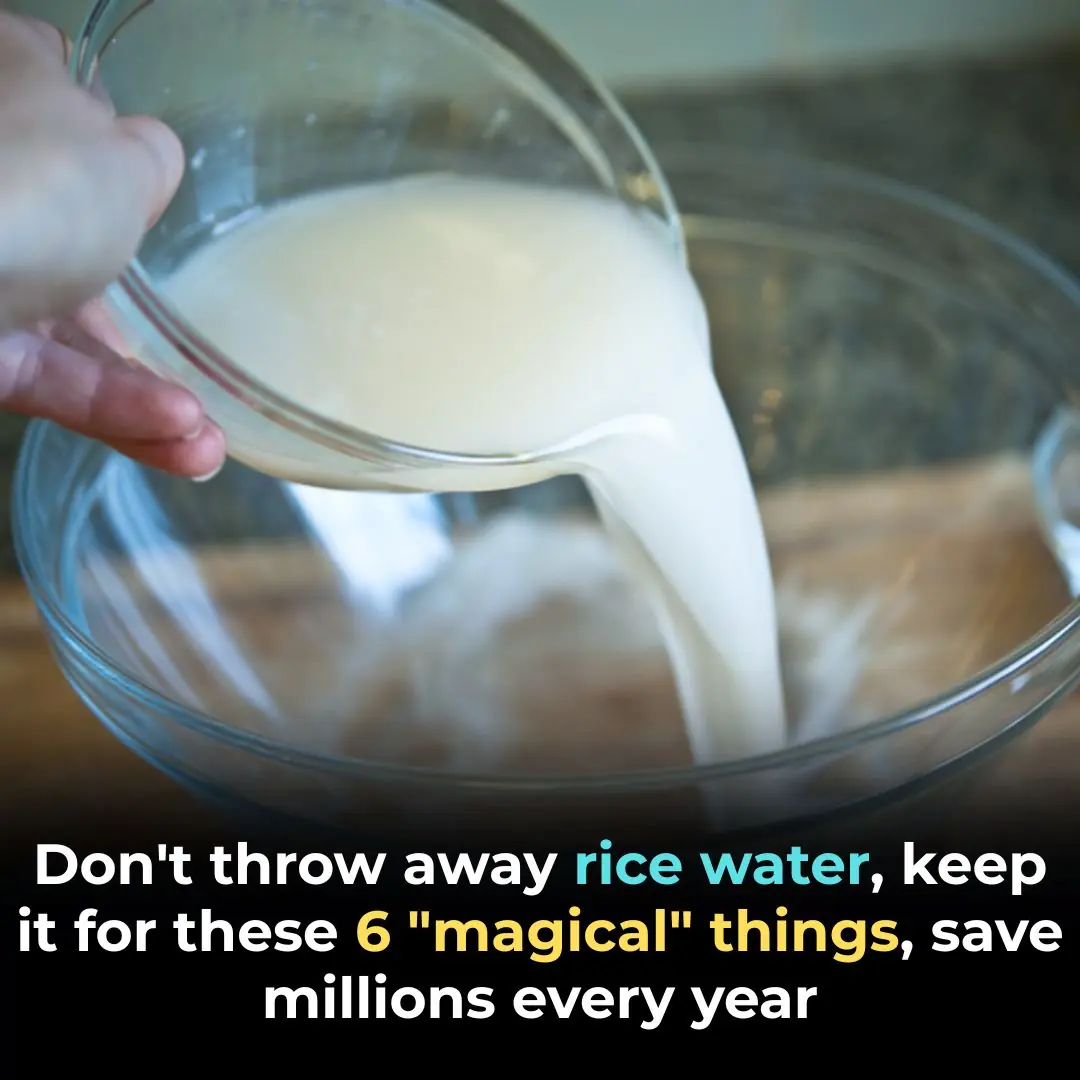
Don't throw away rice water, keep it for these 6 "magical" things, save millions every year

Tips for conditioning hair with black vinegar, both economical and helps reduce hair loss and grow faster
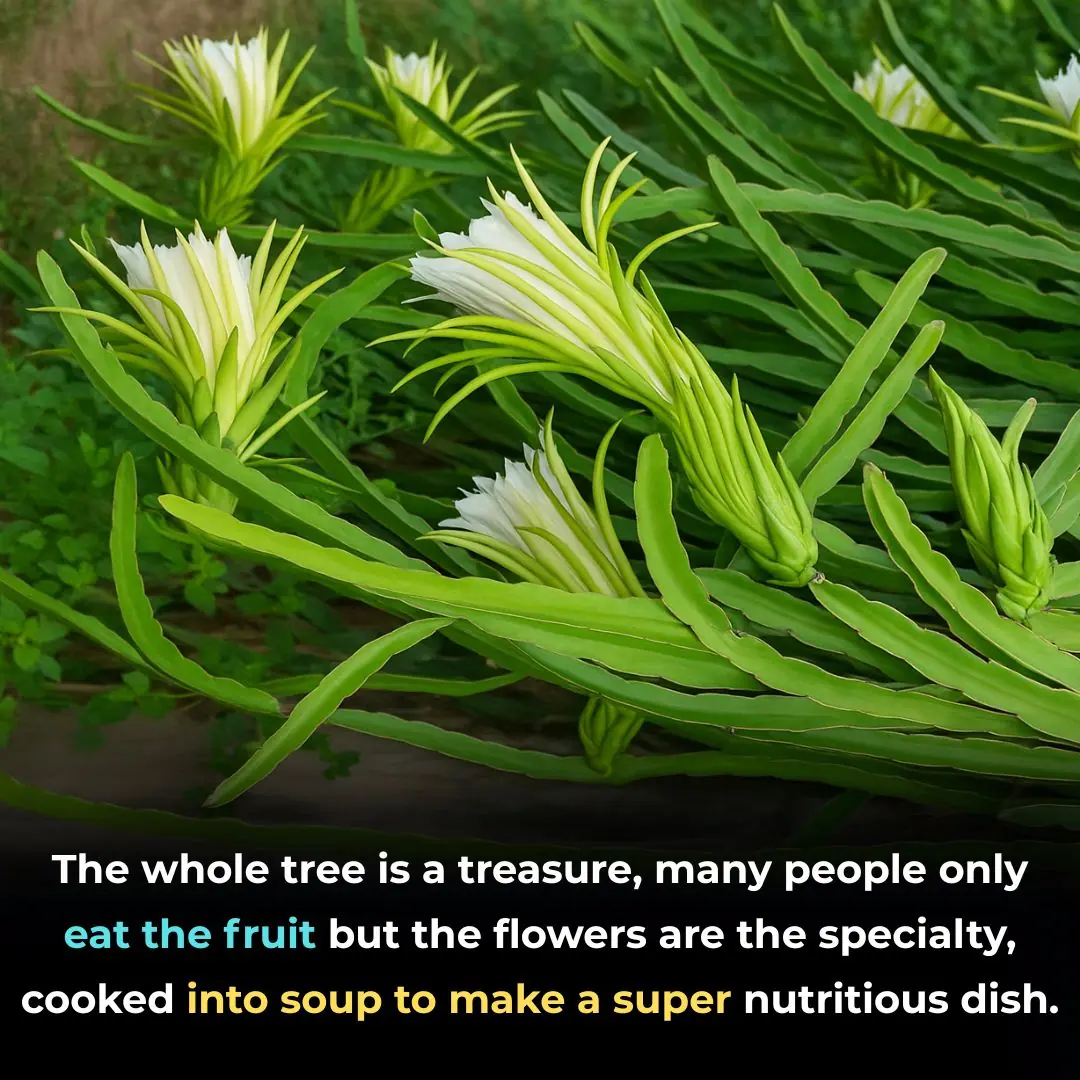
The whole tree is a treasure, many people only eat the fruit but the flowers are the specialty, cooked into soup to make a super nutritious dish.
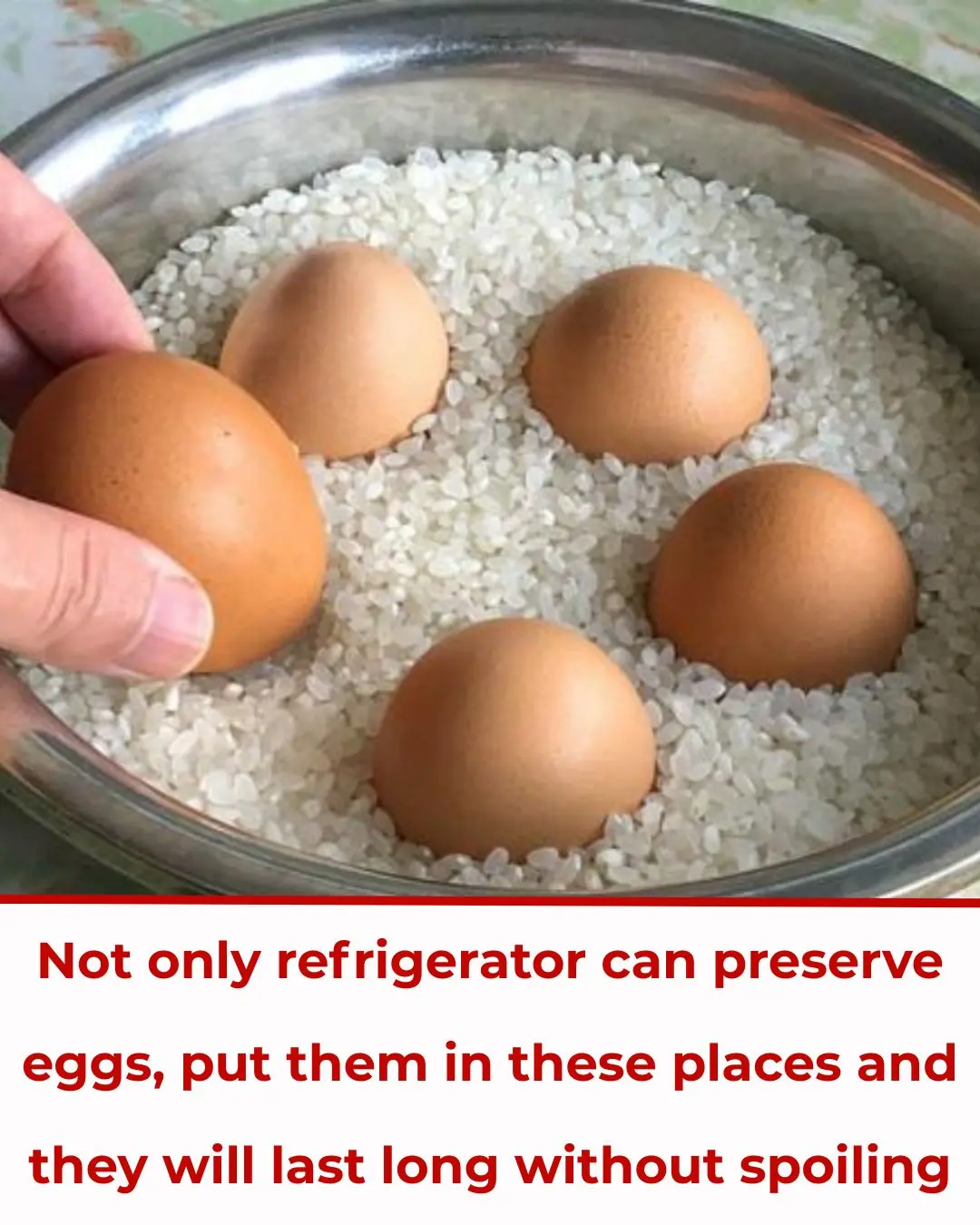
Not Only Refrigerators Can Preserve Eggs — Storing Them in These Places Keeps Them Fresh for a Long Time
News Post

Lemon Seeds Can Save a Snakebite Victim Within Just One Minute If Used This Way

Why Keeping A Lemon In Your Bedroom Is A Great Idea

Put salt in your toilet. Here's why. This is something plumbers will never tell you

Guava Leaves for Blood Sugar Control: Nature’s Gift for Diabetics

Banana Blossom: Health Benefits, Recipes, and Uses

Common Mullein: Benefits and Uses of Nature’s Versatile Herb

Fig Leaves: Surprising Benefits and Uses

Inner Vitality Elixir: Benefits of Uda Seeds, Lemon, Aidan Fruit, and Ginger for Women’s Health

When Checking Out of a Hotel, Don’t Fold the Bedding—Not Knowing This Will Only Cause Trouble

Some of the Benefits of Castor Leaves and the Seed
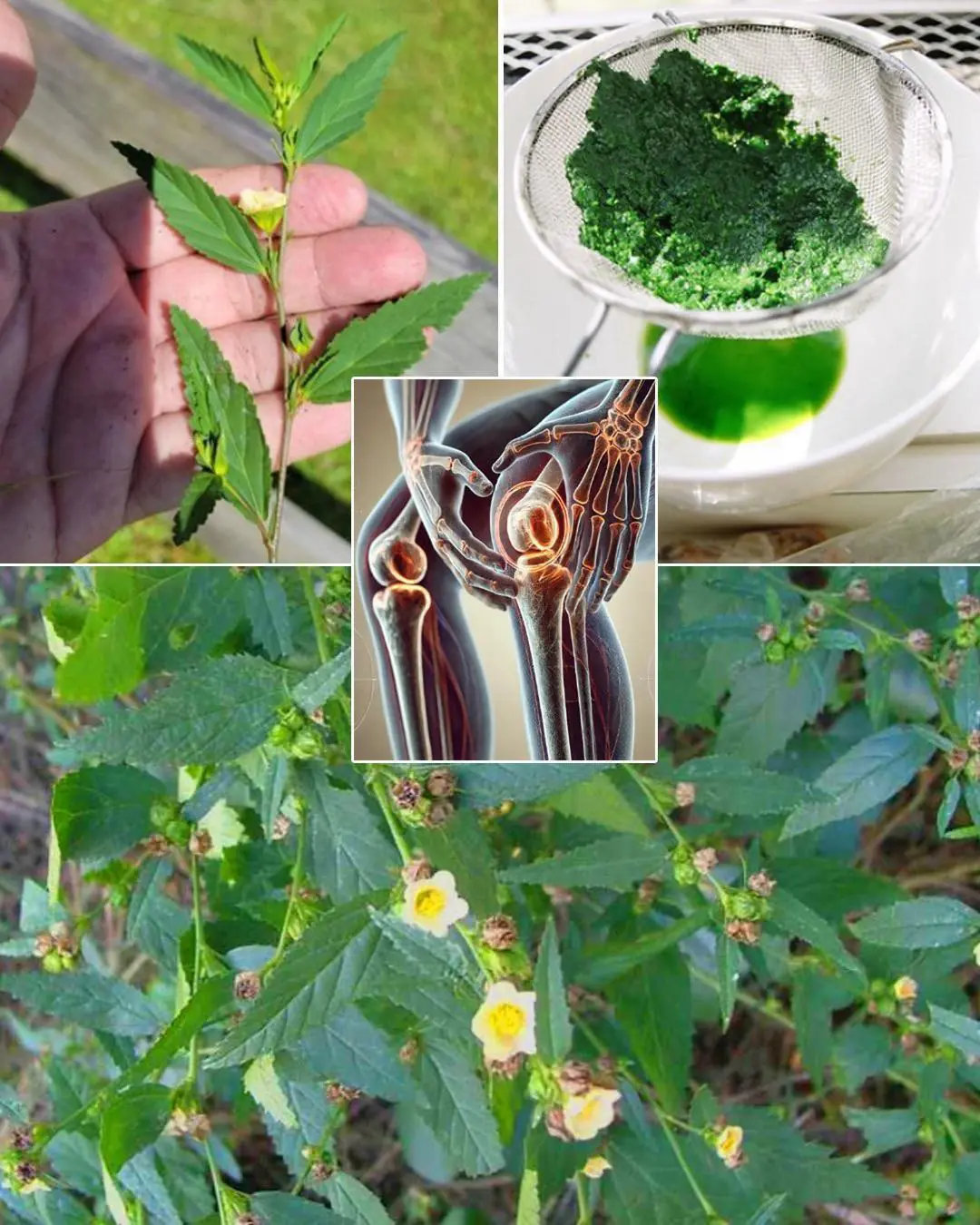
The Versatile Uses of Stubborn Grass

Pour Beer into Table Salt to Solve Many Household Problems – Wish I Knew This Trick Sooner!

The Best Tea for Mornings and After Dinner: A Powerful Blend for Health

Mimosa Pudica Tea: How to Prepare and Health Benefits

If you have this plant in your garden, don’t cut it down – it’s incredibly valuable!

Euphorbia Hirta (Asthma-plant): Traditional Uses and Applications
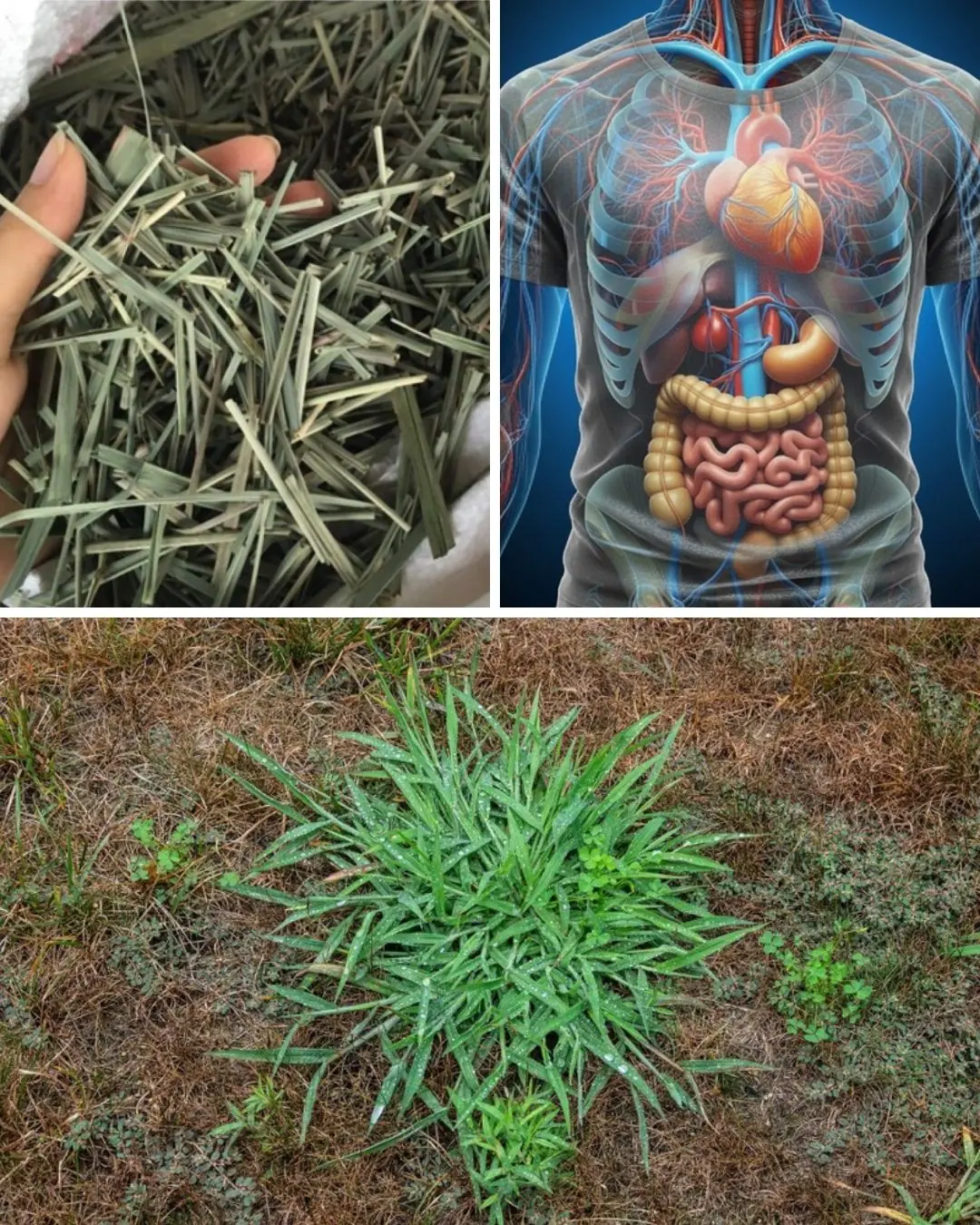
Harnessing the Power of Goose Grass: A Guide to Its Preparation and Therapeutic Uses

The water pipe is clogged, do this way to solve it easily, no need to call a plumber

Woman Left with Swollen Lip After Centipede Bites Her in Sleep
